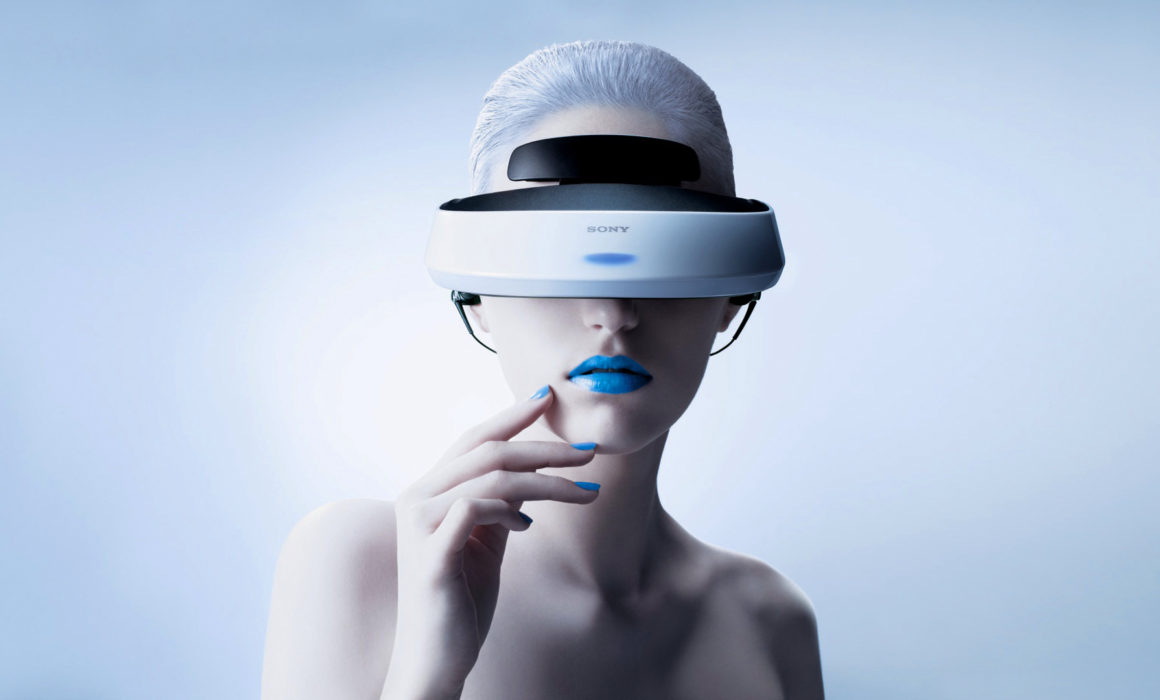Virtual Commerce is closer than we think
Why do you want to place the viewer in Virtual Reality (VR) and what do you want that person to experience and feel? While people often undervalue the potential of VR, it is the latest channel to connect with users emotionally and help convert browsers into sales.
Using VR to connect with users emotionally
Brick-and-mortar retailers are pursuing ground-breaking ways to bring VR and Augmented Reality (AR) to the customer as they dare to stay relevant in a digital world.
A pioneer in the field, Chris Milk, refers to VR as “The ultimate Empathy Machine.” He proved that you can change the minds of the most powerful individuals in the world, if this technology is used in the right way. And with Black Friday being one of the biggest shopping days of the year, and UK consumers having spent £180m online alone in 2015, incorporating the new technology into the shopping experience is the only logical next step.
House of Fraser utilised the use of AR in stores with shoppable windows, giving users the opportunity to scan a vinyl shape within the windows to be able to view the in store’s Black Friday Deals.
Immersive technology to overcome barriers to purchase
There’s one big challenge to sustained growth: the deep-rooted desire to try before we buy. Not just seeing the products virtually but touching or wearing the garments are all key steps in the purchasing process. According to Time, this barrier has long been reflected in online “conversion rates” (the percentage of browsers who become buyers), which hover around 2%-4%, compared to rates of 20%-40% in brick-and-mortar retailers.
For online retailers, the appeal is obvious. By giving the user the opportunity to interact with the product through VR, the barriers to purchase can be reduced, making VR an exciting new prospect for retailers and e-tailers alike. The CEO of YouVisit, points out that “interactivity leads to immersion, and that immersion leads to conversion.” At the same time, VR can open up exciting new possibilities for cross-sells and upsells, as consumers wander through a virtual store rather than being trapped on a static 2D product page.
A new channel for creative ideas and execution
VR can connect humans with other humans in a profound way, like never seen in any other form of media. When you have limits or borders to stay within, you find new creative ways to solve problems.
In VR, anyone can invent, anyone can experiment and it will probably be something that’s fresh and unique and something no one else has done – and that is the most exciting part of VR.
So for now retailers are exploring how they can best use this technology. The early adopters and pioneers may not be able to direct attribute significant revenue yet but they certainly demonstrate a readiness to embrace this immersive technology, which suggests a future where VR and AR play a significant role in how we shop.
References:
http://www.thefilter.com/virtual-reality-an-experience-revolution-for-ecommerce/
http://time.com/4273885/virtual-reality-shopping/
http://www.huffingtonpost.ca/awane-jones/virtual-shopping_b_10993214.html




